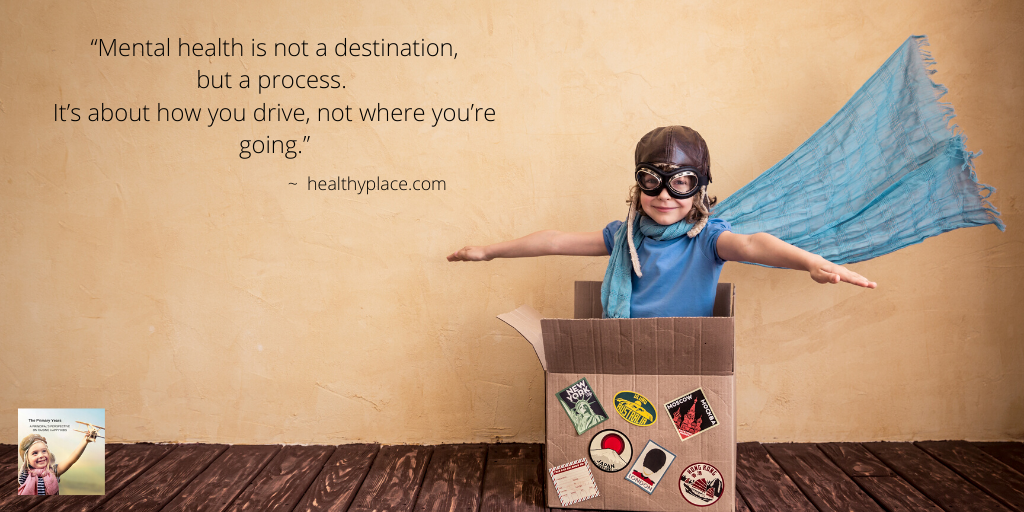The value of leisure
The activities that we choose to do in our leisure time certainly define us. It is worth contemplating how we use leisure time and how this influences our children.
How we show commitment and prioritise is all about leisure time. Are we a family that hitches up the caravan and disappears to the beach? Leisure time should be modelled for the children as high-quality hours quite separated from the hustle and bustle of work, school, etc.
Children need to learn that there are clear separations with leisure time from regular life. This teaches them that leisure time is an important investment in life. It nourishes the soul as well as the body.
The more they come to value the experiences, the more they will be searching for it in their own lives.
Take care to ensure that leisure is active and engaging. Watching television, screen time on computers is not giving direct attention to breaking from routine and setting up activities that provide real leisure for all the family.
Teachers invite students to plan leisure activities that will be enjoyed by the whole class. Often this involves active activities such as sport, art etc. Sometimes school excursions are all about celebrating leisure time together. It is a great bonding agent.
A few thoughts about developing sound leisure time:
Invite the whole family into a discussion about how they want to use leisure time.
Take risks. Suggest new leisure activities that take everyone out of their comfort zones. Our character reflects the leisure we choose.
Research what is available and within your parameters as a family.
Plan leisure time regularly and talk about it as part of your family routine. Let it become an important way of life and not just an incidental holiday.
Get the children involved in the planning and if it involves gathering and packing equipment, this can be a wonderful way for them to become involved. Let them own some of the leisure plans and preparations.
Remind yourself that creating effective leisure time with the family is yet another way of supporting their mental growth and demonstrating the value of rest and recovery from the routine of life. It strengthens self-awareness and is an important way of expressing family.
“‘In our leisure we reveal what kind of people we are.’”



















